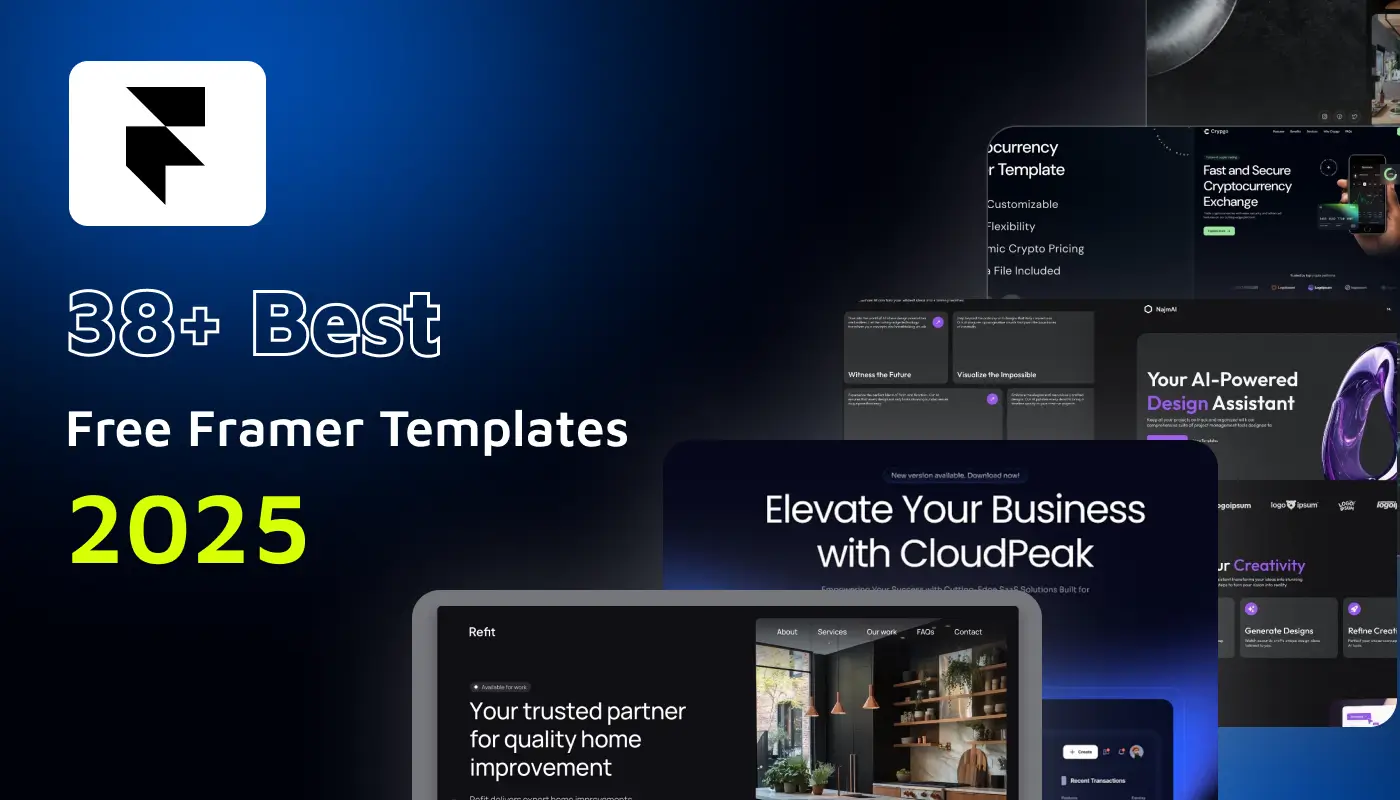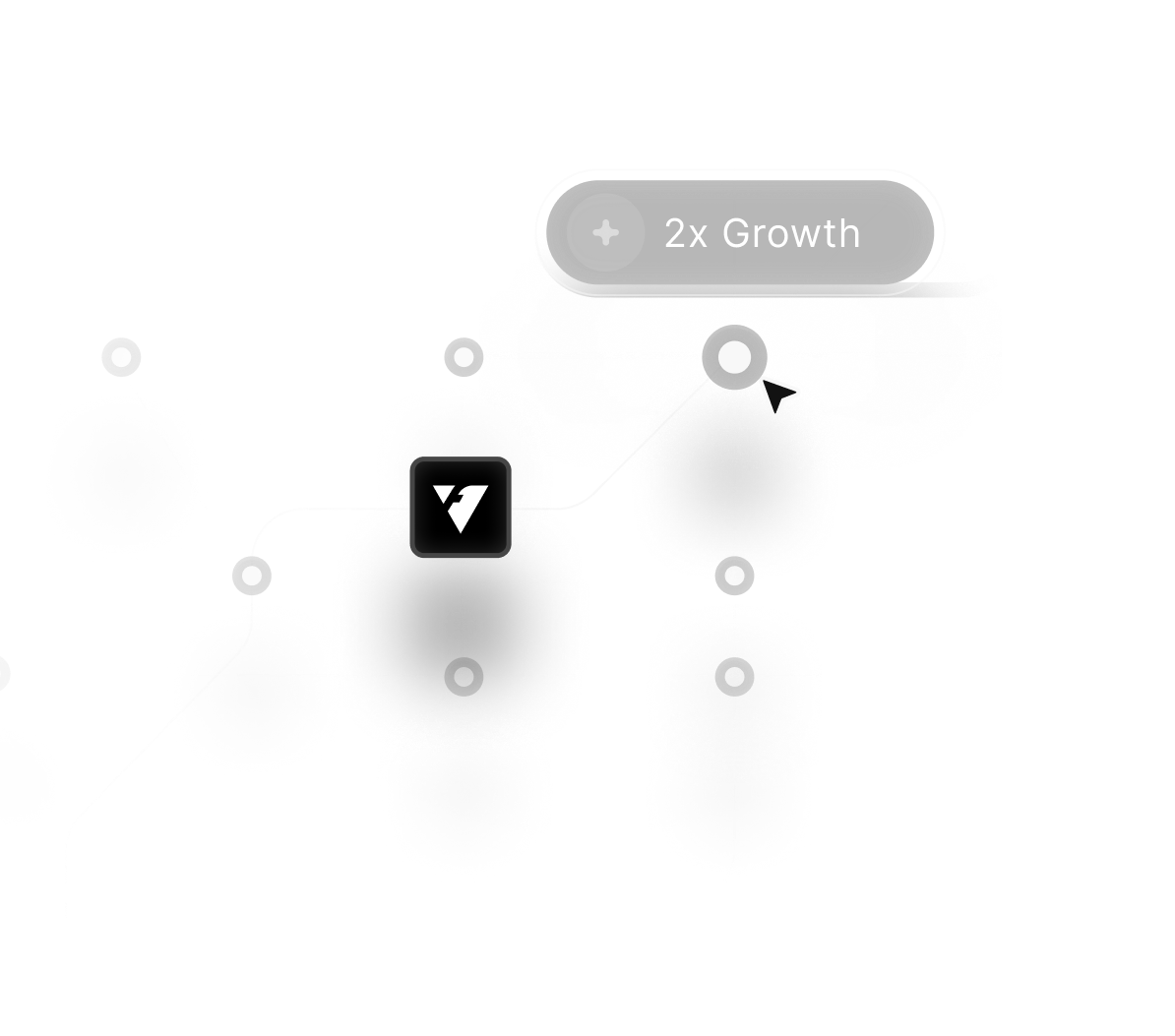November 17, 2025
How to Build a SaaS Website That Converts | Key Sections to Include

Building a SaaS website that converts requires deep clarity about your product’s purpose and the exact audience you want to serve. Strong conversion performance depends on how quickly visitors understand your core value and trust your solution enough to take action.
Clear messaging becomes the centerpiece of an effective SaaS layout, guiding users step by step without overwhelming them. Smart design decisions help remove friction, making it easier for users to explore features, pricing, and onboarding pathways.
Focused structure positions your SaaS product as credible by highlighting results, customer stories, and real benefits. Strategic content placement ensures users find what they need effortlessly, increasing the chance of trial or demo requests.
Visual hierarchy shapes how visitors absorb information and encourages them to navigate deeper into the website. Consistent brand identity reassures users that the product is professional, stable, and aligned with their expectations.
Strong user experience design supports clarity, speed, and emotional connection, which play major roles in driving conversions. Building a conversion-ready SaaS website becomes easier when every section is intentionally crafted to educate, motivate, and persuade.
"Level up your SaaS website flow.
Book a guided call to refine structure & messaging."
Table of Contents
1. Introduction
2. Why Your SaaS Website Structure Matters?
3. Essential Sections For a High-Converting SaaS Website
- Hero Section: First Impressions Matter
- Value Proposition: Communicate Your Unique Benefit
- Features Section: Showcase Your Product’s Capabilities
- How It Works: Simplify the User Journey
- Trust Signals: Testimonials, Case Studies, and Social Proof
- Pricing Page: Make Pricing Clear and Accessible
- Resources Section: Educate and Engage
- Call to Action (CTA): Drive User Action
- About Us: Humanize Your Brand
4. Bringing It All Together
5. Bonus: Free Webflow Wireframe
1. Why Your SaaS Website Structure Matters?

Imagine landing on a SaaS website and feeling instantly lost—confusing navigation, unclear messaging, and no clear path to sign up. Chances are, you’d leave within seconds. Your SaaS website structure matters because it directly impacts user experience and conversion rates.
A high-converting SaaS website:
- Grabs attention instantly with a clear hero section.
- Communicates value through concise messaging.
- Builds trust with testimonials and case studies.
- Removes friction by simplifying the sign-up process.
Now, let’s break down the essential sections that make this happen.
2. Essential Sections For a High-Converting SaaS Website

A high-converting SaaS website isn’t just beautifully designed, it’s strategically structured to guide visitors from curiosity to trust, and finally, to action. Every section plays a specific role in reducing friction, communicating value, and motivating signups. Here are the essential components your SaaS website must include to maximize conversions.
Hero Section: First Impressions Matter

Your hero section is the first thing users see when they land on your website. You have just a few seconds to capture attention and communicate what your product does.
- Headline: Keep it clear and benefit-driven. Avoid jargon.
- Example: "Automate Your Workflow and Save 10+ Hours Weekly."
- Subheadline: Reinforce the main benefit.
- Example: "Our AI-powered platform simplifies your processes, so you can focus on what matters."
- Call to Action (CTA): Make it prominent.
- Example: "Start Your Free Trial" or "Book a Demo."
- Product Visual: Include a product screenshot, short demo, or animation.
Value Proposition: Communicate Your Unique Benefit

Once you’ve captured attention, it’s time to convince users why they should choose you.
- Identify the Problem: What pain point does your product solve?
- Highlight the Solution: How does your SaaS solve that problem?
- Show the Result: What’s the benefit for the user?
- Example: "Reduce manual work by 80% with our AI-driven automation tools."
Features Section: Showcase Your Product’s Capabilities
Avoid the mistake of listing features without context. Each feature should connect to a specific benefit.
- Feature Title: Short and descriptive.
- Description: Explain the benefit, not just the feature.
- Example: "Real-Time Analytics: Get instant insights to make data-driven decisions."
- Visuals: Use icons, screenshots, or short videos.
How It Works: Simplify the User Journey

Some SaaS products need a quick explainer on how things work, especially if they’re not self-explanatory.
- Step 1: Connect Your Data
- Step 2: Customize Your Workflow
- Step 3: Automate Your Tasks
Keep this section clean, simple, and visual.
Trust Signals: Testimonials, Case Studies, and Social Proof

Trust is everything. Potential customers want proof that your product works.
- Testimonials: Short and results-driven.
- Example: "We automated 80% of our workflow and saved 10 hours a week."
- Case Studies: Dive deeper into success stories.
- Social Proof: Add logos of well-known clients.
- Third-Party Reviews: Link to G2, Capterra, or Trustpilot.
Pricing Page: Make Pricing Clear and Accessible

Don’t hide your pricing. Make it simple and easy to understand.
- Plan Comparison: Display plans side by side.
- Highlight Popular Plans: Use visual cues.
- Free Trial or Guarantee: Reduce hesitation.
Resources Section: Educate and Engage

Content is a powerful tool to build trust and improve SEO.
- Blog: Share industry insights.
- Guides and Webinars: Educate users.
- FAQs: Address common concerns.
Call to Action (CTA): Drive User Action
.webp)
A strong CTA should appear throughout the site—not just in the hero section.
- Examples: "Get Started for Free," "Schedule a Demo," or "Try It Now."
- Placement: Include CTAs after key sections and in the footer.
About Us: Humanize Your Brand

Show the people behind the product.
- Mission Statement: Share your "why."
- Team Introductions: Put faces to names.
- Story: Explain your journey.
3. Bringing It All Together

A high-converting SaaS website isn’t about fancy design—it’s about guiding users through a seamless journey. Every section plays a role:
- The hero section grabs attention.
- The value proposition convinces.
- Features and case studies build trust.
- Pricing and CTAs reduce friction.
When done right, your website becomes a powerful tool for growth.
4. Bonus: Free Webflow Wireframe

To help you get started, I’ve created a FREE Webflow layout template of the perfect SaaS landing page layout.
Conclusion
Conversion-focused SaaS websites succeed when structure, storytelling, and clarity work together to guide visitors effectively. Strategic layouts reduce confusion and help users understand how your product solves their problems quickly and convincingly.
Clear communication improves trust by showing value without clutter, complexity, or unnecessary distractions. Focused design choices lead users toward trials, demos, or onboarding flows that encourage deeper product engagement.
Speed and usability support stronger retention by ensuring every interaction feels smooth and intuitive across devices. Consistent messaging reinforces credibility by aligning tone, visuals, and benefits throughout the entire funnel.
Data-driven insights help refine sections continuously, leading to steady improvements in conversions over time. Building a SaaS website designed for action ultimately positions your product for long-term growth and stronger customer acquisition.

FAQ
1. What makes a SaaS website different from other websites?
A SaaS website focuses on converting visitors into users by showcasing the product’s value, building trust, and simplifying the signup process. Key elements include clear messaging, product visuals, trust signals, and strong CTAs.
2. How long does it take to build a SaaS website?
The timeline varies depending on complexity, but with the right tools and structure, a SaaS website can be built in 4–8 weeks. Using pre-made templates or wireframes can speed up the process.
3. Should I include a free trial or demo?
Yes, offering a free trial or demo reduces friction and gives users a hands-on experience with your product, making them more likely to convert.
4. How do I improve my SaaS website’s conversion rate?
Focus on clear messaging, strong CTAs, social proof, and easy navigation. Ensure the website is fast and mobile-friendly, and continuously test and optimize based on user behavior.
5. What tools can I use to build my SaaS website?
Popular tools include Webflow, Framer, WordPress, and custom-coded solutions. Webflow and Framer are particularly great for creating visually appealing and high-converting sites without needing extensive coding.
6. Do I need SEO for my SaaS website?
Absolutely. SEO helps drive organic traffic, making your product discoverable. Focus on keyword research, optimizing headings, and providing valuable content to improve rankings.
Table of Contents
Choose Our Service, Grow Fast!
Follow Us
Related Posts

December 10, 2025
Navigate the Webflow Hosting vs external hosting debate with data-backed insights comparing CDN quality, server response times, scalability, and smooth site performance.
Navigate the Webflow Hosting vs external hosting debate with data-backed insights comparing CDN quality, server response times, scalability, and smooth site performance.


Build bold, future-ready sites using the best 3D Framer templates designed for tech innovators and creative professionals to enhance interactivity, engagement, and visual storytelling.
Build bold, future-ready sites using the best 3D Framer templates designed for tech innovators and creative professionals to enhance interactivity, engagement, and visual storytelling.


Explore 38+ free Framer templates for 2025 with updated designs. Create beautiful, fast, and fully cloneable websites that are SEO-friendly and easy to customize.
Framer’s marketplace offers over 2,000+ modern and fully customizable templates, making it easy to find the perfect starting point for your next website. This list highlights the #1 selected 38+ Free Framer templates for 2025, all handpicked for quality and performance."

Ready to Scale Your Project to the Next Level?
Let's take your project to new heights, reach out and see how we can help you.




















